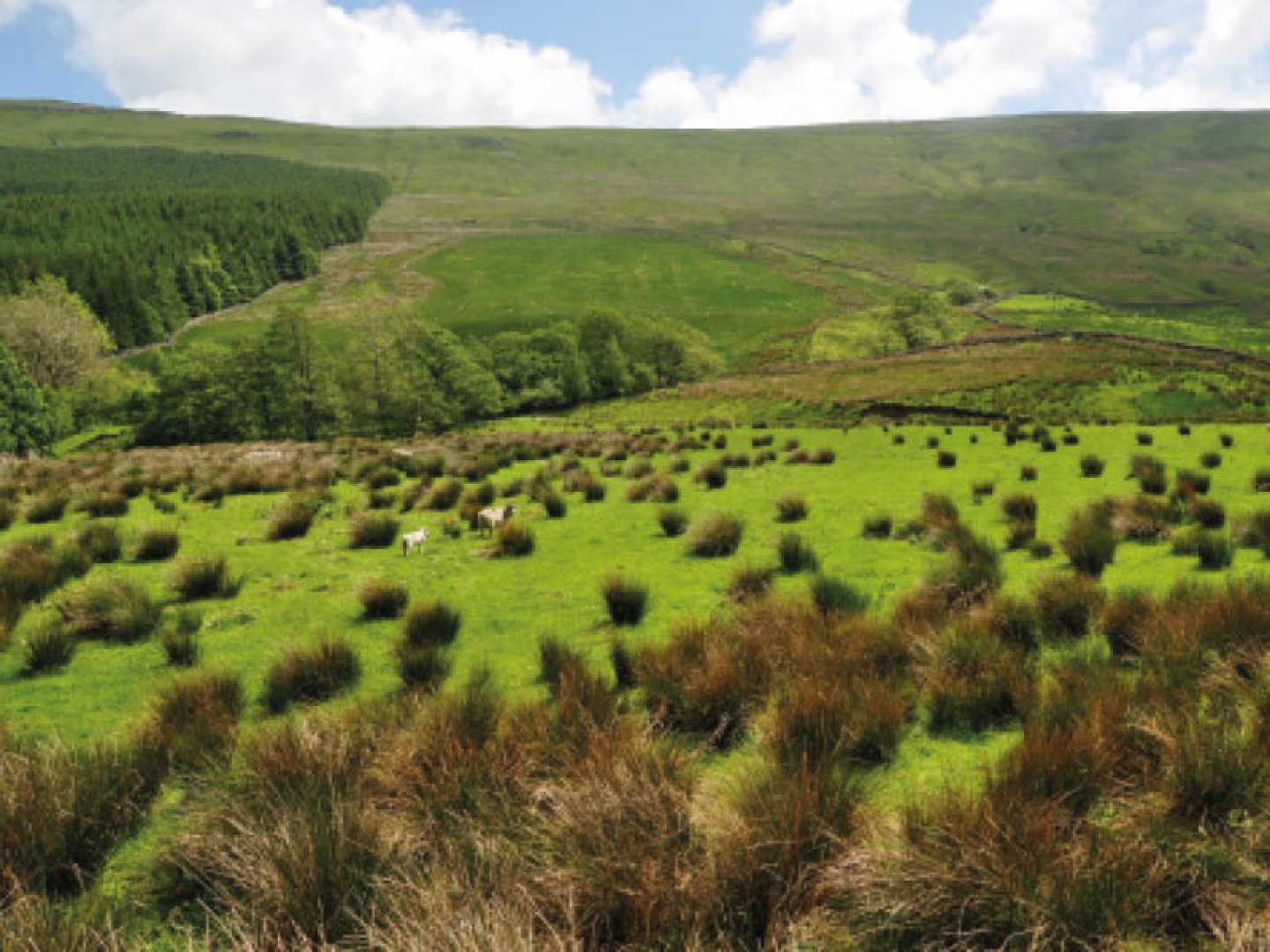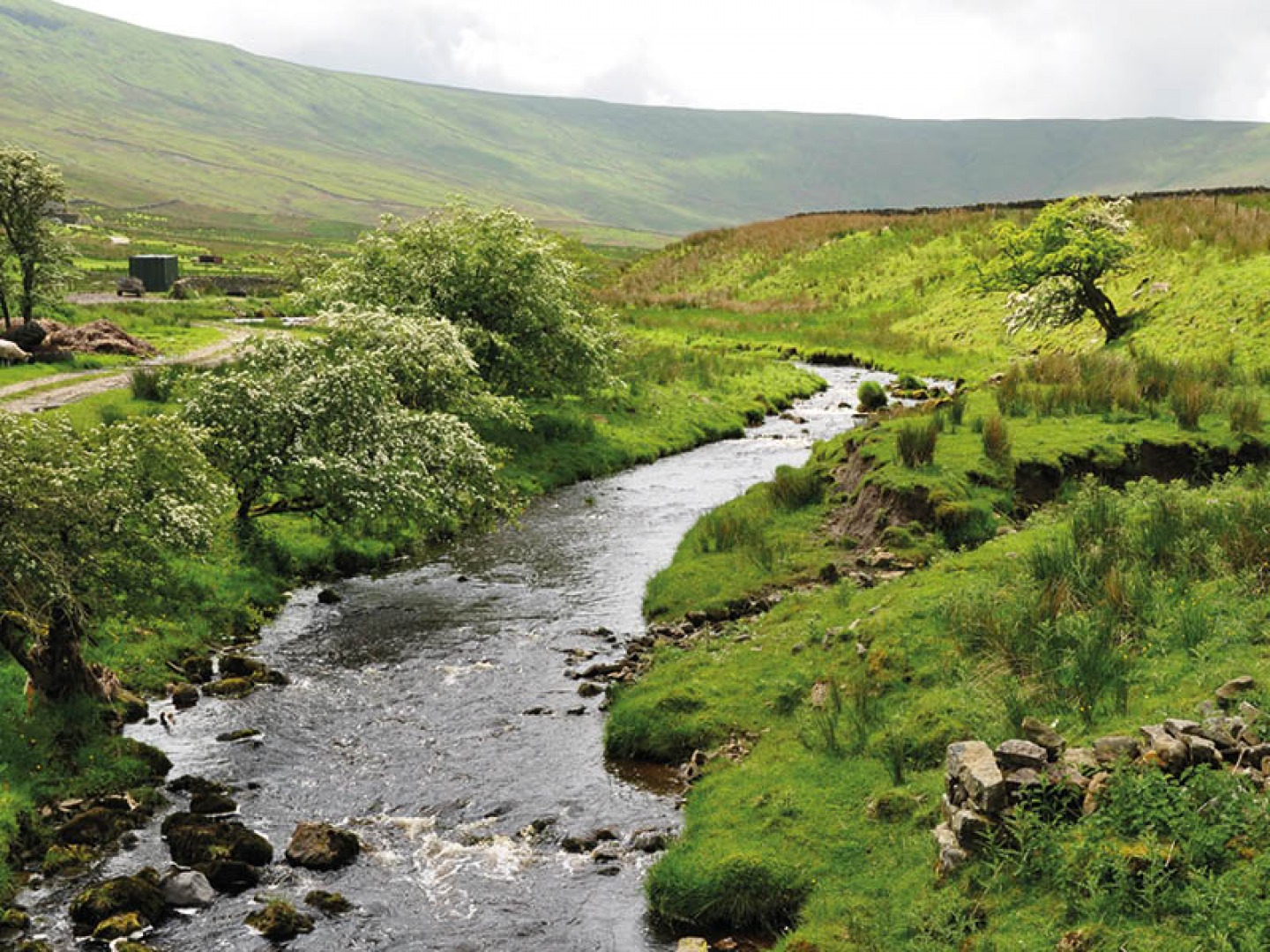How The Woodland Trust are Creating one of England's Largest New Native Woodlands in North Yorkshire
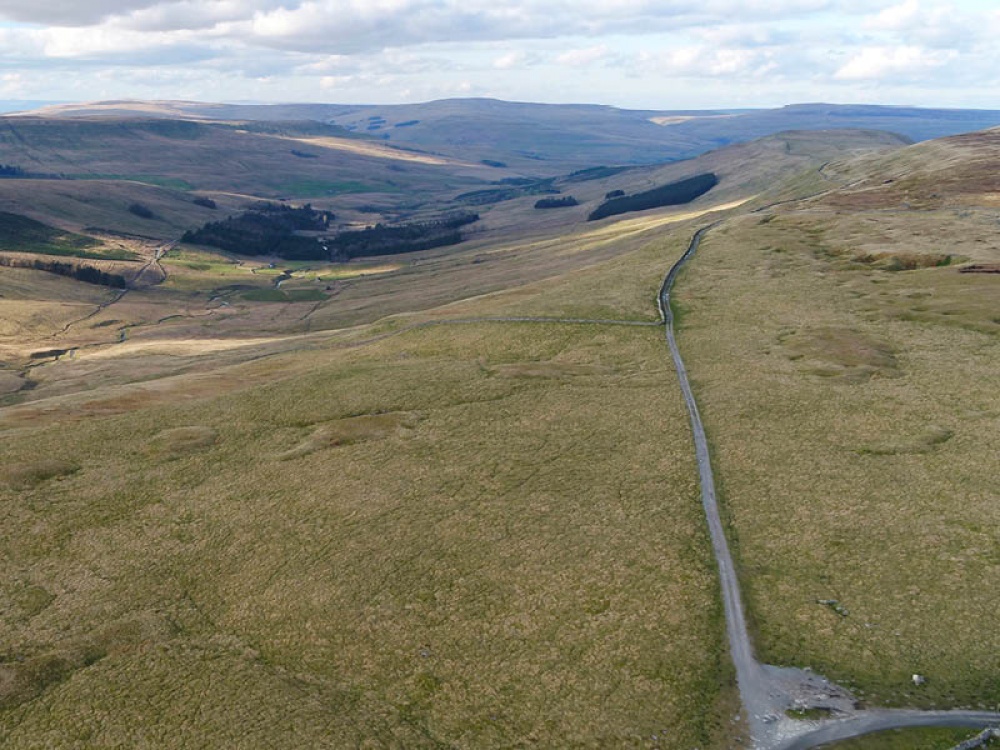
As one of the boldest habitat restoration projects in England's uplands begins in Snaizeholme, North Yorkshire, Living North find out how a new mosaic of habitats will help fight climate change and benefit wildlife
‘Across the North we’ve got some stunning sites and stunning landscapes in terms of woodlands,’ says Paul Mosley, The Woodland Trust’s communications and engagement manager for the North. ‘I’m very lucky, I live near Hackfall in North Yorkshire. We’ve got some real little gems like Shore Gill just around the back of Hardraw Force which is a tiny site home to red squirrels and we’ve got a couple of woodlands on Ingleton Waterfalls Trail too and around Skipton Castle.’
Vital restoration projects are already taking place in and around Yorkshire, including The Northern Forest, a 25-year vision to plant 50 million trees across the North of England (between Liverpool and Hull). ‘There’s an amazing amount of work going on currently,’ Paul agrees. ‘The key thing is trying to get more tree coverage across the area because we are one of the least wooded areas in Europe, and we’re wanting to increase that considerably over time.’
That’s why work has now begun at Snaizeholme on a unique and complex habitat restoration and nature recovery project, 20 miles north of Settle. The Woodland Trust’s project here will include planting and careful habitat restoration, including the creation of a wildlife haven for rare species, locking away carbon, improving water quality and alleviating flooding. The first phase of tree planting has been funded by the White Rose Forest through its Trees for Climate funding programme, and the plan is to create one of the largest new native woodlands in England. Scots pine, oak and birch trees will create varied structure in the landscape, but whatever trees are planted over the coming years, they’ll all be native and sourced only from the UK and Ireland.
Read More: Top Tips for Creating a Pond to Encourage Wildlife into Your Garden
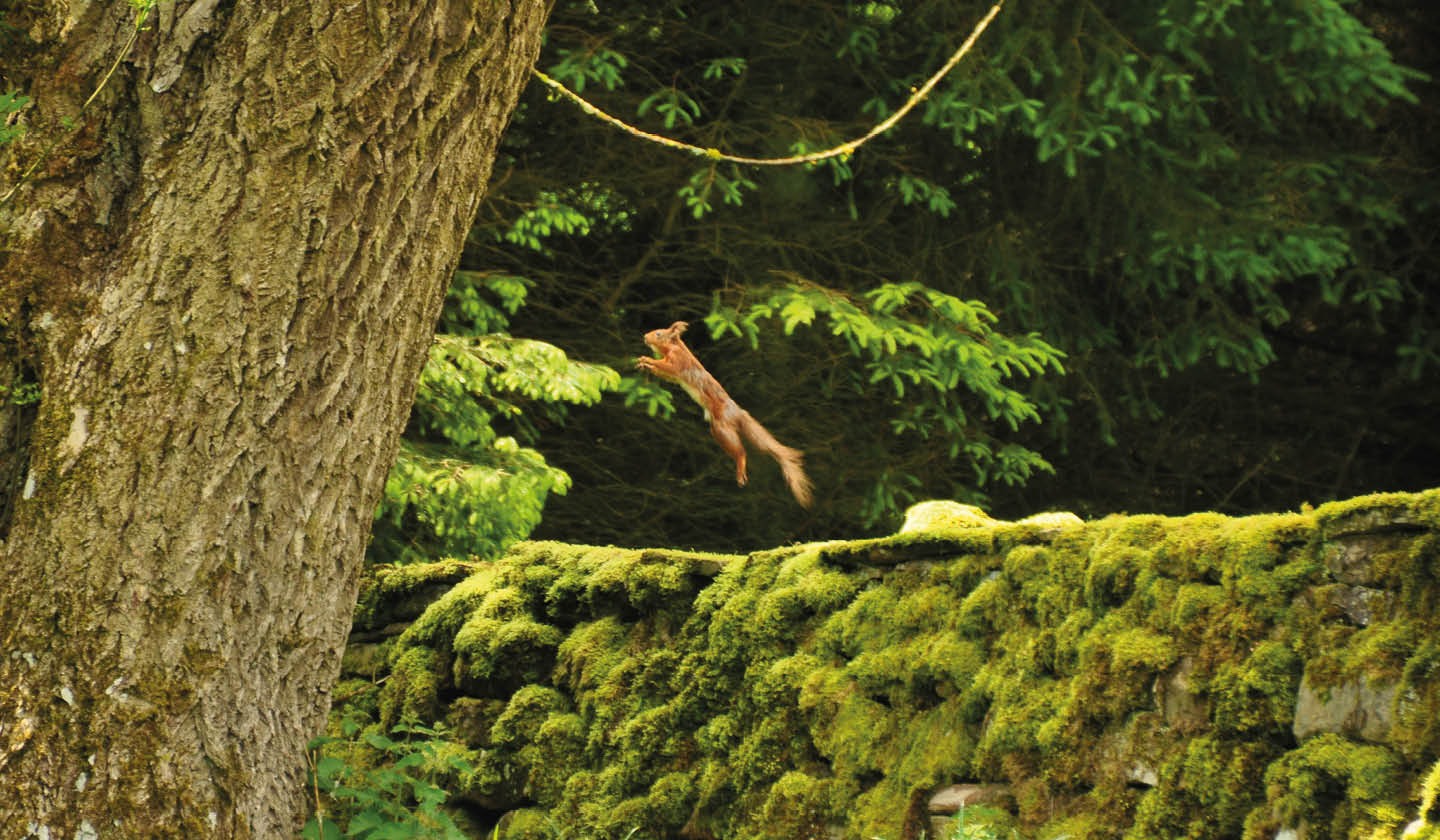
‘It’s a massive area, 1,387 acres of land,’ Paul continues. ‘We’re planting 100,000 trees in this first phase and there’ll be more trees over time, but they’ll be a variety of native species. Not all in blocks of planting. For example, in the peatland we don’t and can’t plant on those areas because that would release the carbon stored in the peat. We’ve also got other areas like limestone pavement, so it’s very much a mosaic. It’s a really interesting project in that respect.’
The combination of riverside pasture, wooded valley sides, peat bogs and limestone pavement will form a mix of habitats for wildlife. The Snaizeholme Red Squirrel Trail is based at the site (without conservation management, red squirrels could become extinct in England), and plenty of wildlife call Snaizeholme their home, and a lot of the planting is being planned carefully to enhance the habitat for them. ‘The red squirrels are a key iconic species in the area,’ Paul explains. ‘You can visit the site to follow the trail which is promoted through the Yorkshire Dales National Park. There’s limited parking and we don’t promote mass visitors but if you’re in the area and have the chance, it’s definitely worth a visit. When we were filming in Snaizeholme a few weeks ago, we saw a red squirrel jumping along the wall on the way to the new site.
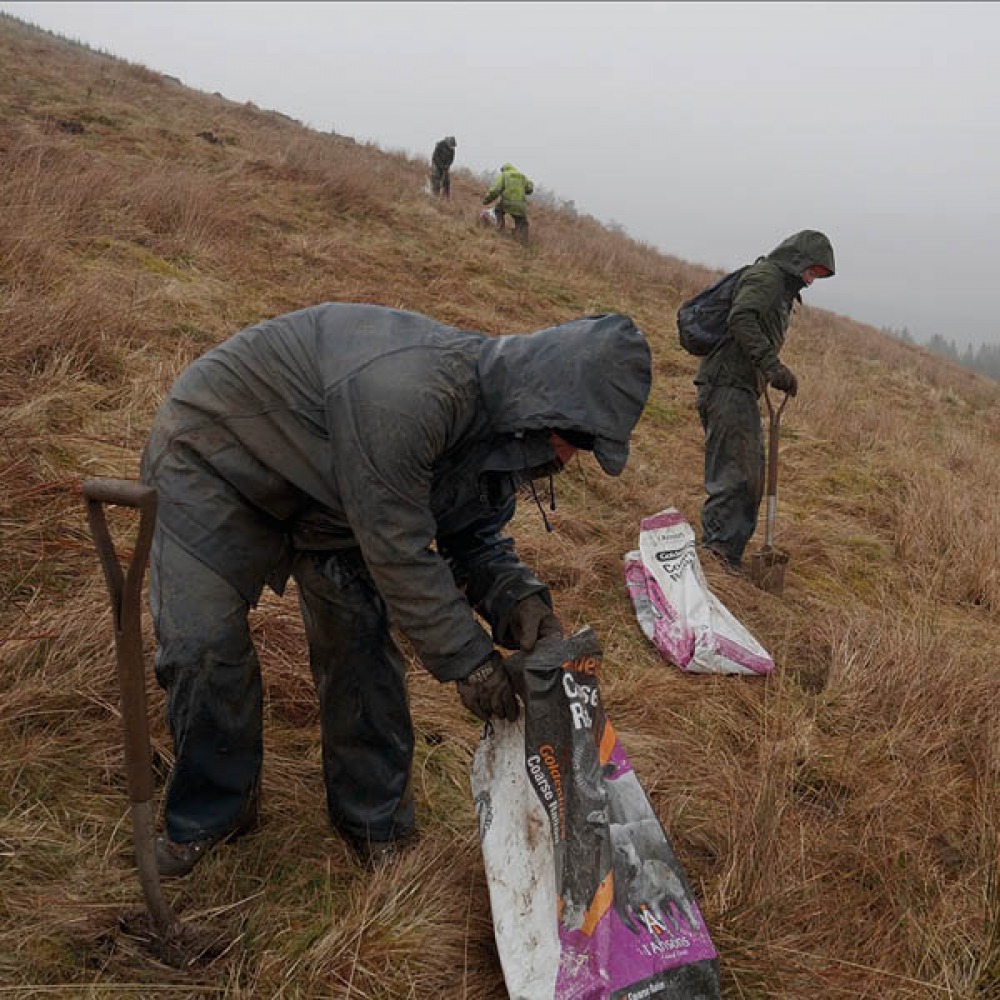
Read More: How You Can Make a Habitat For Wildlife in Your Garden and the Importance of Teaching Children About Nature
‘We have other species here too. In the streams we’ve got white-clawed crayfish which are an important fresh water species. We’ve got wading birds in the open valley bottom area, and the iconic curlew. Higher up we’ve got small populations of black grouse (another iconic bird species) and a range of wildflowers and rare grasses. There have also been sightings of otters and kingfishers in the freshwater areas of the site.’
It’s not just about the trees: Snaizeholme has more than 270 acres of upland peat bog which will be restored. This area effectively acts as a sponge to absorb rainfall and therefore slow the flow of flood water into the River Ure. As well as that, 21 streams run down into Snaizeholme Beck, so work will also take place to slow the rush of water downstream during periods of heavy rainfall. ‘We will be reducing the impact in terms of more localised flooding and its potential impact on flooding further afield. Planting the trees and the careful management of the habitats (including leaky dams in the streams) will help in terms of that localised impact,’ Paul explains. ‘The trees themselves will help in storing and locking up carbon in the landscape too, that’s all really important in terms of fighting climate change, as well as promoting a more diverse range of habitats.’
Two large areas of limestone pavement sit above the peat bog where nesting birds such as golden plover find refuge, and where you’ll also find mountain pansy. The criss-crossing old dry stone walls will also be maintained, to not only retain the landscape’s character but also provide a home for wildlife.
Being so large-scale, this is a flagship woodland creation project for the White Rose Forest, the Community Forest for North and West Yorkshire and the Northern Forest, and Paul hopes it will inspire future agricultural and biodiversity projects, both big and small. The Trust want to speak to as many different people as possible and will continue consulting communities and organisations as the project progresses.
Read More: Want to be wilder? Learn more about wildlife with this app
‘We have a lot of work encouraging farmers, landowners and the general public to get involved and plant trees. We hope this will act as inspiration,’ he says. ‘It’s not always as straightforward as people think to plant trees, especially in these upland landscapes, so this is a great example where we can lead the way in showing how people can plant in these more delicate and complex landscapes.
‘On a community level, The Woodland Trust work with schools to promote and get more people involved in community planting and in volunteering, to encourage them to enjoy nature for the benefit of their mental and physical wellbeing. This is a flagship project in the Dales but we’re hoping it will encourage more tree planting in general right across the whole of the North.’
Any donation you can give will support the work taking place in Snaizeholme and The Woodland Trust always encourage volunteering. Find out more at woodlandtrust.org.uk. Read the State of the UK’s Woods and Trees 2021 report to find out more about the vital importance of the project.
